Sea Pink, also called Cliff Rose, Common Thrift, and Sea Thrift, is a hardy perennial from the Plumbaginaceae family. Its botanical name, Armeria maritima, hints at its native coastal origins in Europe, North America, and Greenland. This charming plant thrives in USDA hardiness zones 4 through 8 and is well-loved for its low-growing, evergreen nature.
Known for its ease of care, Sea Pink is a popular choice among gardeners looking for a resilient and attractive addition to their landscapes. Its compact, cushion-like growth habit and vibrant flowers make it ideal for rock gardens, borders, and seaside settings.
| Common name | Cliff Rose, Common Thrift, Cushion Pink, Lady’s Cushion, Lady’s Pincushion, Maritime Thrift, Marsh Daisy, Sea Gilliflower, Sea Grass, Sea Pink, Sea Thrift |
| Botanical name | Armeria maritima |
| Family | Plumbaginaceae |
| Species | maritima |
| Origin | Europe and North America, Greenland |
| Life cycle | Perennial |
| Plant type | Ground Cover |
| Hardiness zone | 4, 5, 6, 7, 8 |
| Sunlight | Dappled Sunlight |
| Maintenance | Medium |
| Soil condition | Loam |
| Drainage | Well-Drained |
| Growth rate | Slow |
| Spacing | Less than 12 in. |
| Flowering period | Spring |
| Height | 6 in. – 1 ft. |
| Flower color | Pink |
| Leaf color | Green |
| Flower benefit | Showy |
| Garden style | Rock Garden |
| Uses | Coastal |
I. Appearance and Characteristics
Armeria maritima, the thrift, sea thrift or sea pink, is a species of flowering plant in the family Plumbaginaceae. The Latin specific epithet maritima means pertaining to the sea or coastal.
It is a compact evergreen perennial which grows in low clumps and sends up long stems that support globes of bright pink flowers. In some cases purple, white or red flowers also occur. It is a popular garden flower and has been distributed worldwide as a garden and cut flower. It does well in gardens designed as xeriscapes or rock gardens.
Sea thrift contains phytochemicals such as Quercetin, which irritates the stomach when ingested. It is not particularly dangerous unless a massive amount is eaten; in that case, kidney failure becomes a possibility from the Quercetin alone. Eating sea thrift causes nausea, drooling, vomiting, colic, and diarrhea. The plant’s sap has strong irritating properties that can cause photosensitivity and skin rash. Keep children and cognitively impaired people away from this plant.
Armeria maritima sensu lato has a circumpolar distribution that can be found in the wild in coastal areas across the Northern Hemisphere. It can grow in dry, sandy, saline conditions such as coastal cliffs, grassland and salt marshes, salted roadsides and inland on mountain rocks. It is a common sight in British salt marshes, where it flowers from April to October.
Armeria maritima has a great copper-tolerance, and is able to grow in soils with copper concentrations of up to 6400 mg/kg. One mechanism proposed is that not much copper is transported up the shoot of the plant, and is excreted from decaying leaves. Some of the physiology and metabolism of this species has been described, of particular note is how the metabolism of this species is altered with elevated atmospheric carbon dioxide concentrations.
Pollination is by various insects including bees and Lepidoptera.
It is a known host species to the pathogenic fungus Phoma herbarum.
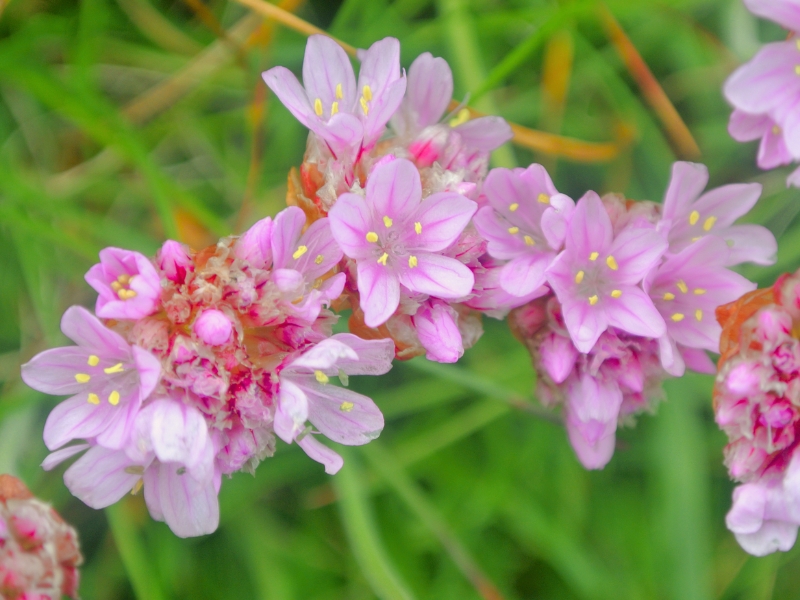
II. How to Grow and Care
Light and Temperature
This flowering plant prefers full sun and part shade. For optimal growth, the plant requires high light.
The ideal temperatures for the Armeria maritima plant are between 60° – 65° degrees Fahrenheit (16° C – 18° C) if the night temperature is below 55° degrees Fahrenheit (13° C) then it drastically slows down the growth of this plant and increases crop times.
USDA zone – hardiness zone 3 – 9.
Watering
Thriving in its native coastal environments, sea thrift is accustomed to the saline and often moist conditions that shape its water retention strategies. This species exhibits a balance between drought resistance and a preference for consistent moisture, reflecting its adaptation to sandy soils that can dry out yet are frequently replenished by sea spray. Watering every week will maintain the health of sea thrift, mimicking the natural rhythm of its habitat. Typically grown outdoors due to its hardiness, sea thrift flourishes when the soil’s moisture levels echo the coastal mists, ensuring it remains vibrant throughout its growing season.
Soil and Transplanting
Armeria Maritima splendens grow best in well-drained, lean soil.
This plant doesn’t tolerate moist soil and is drought tolerant.
Prolonged moist soil might result in rotting from the center and eventually killing off the whole plant.
Therefore, too fertile soil, heavy clay, and extended moist soil must be avoided, which is the reason why this plant is known to be short-lived.
However, if it has a proper setting in full sun to grow, it can survive for numerous years with minimum maintenance.
Fertilizing
For optimal growth, sea thrift benefits from balanced nutrition fertilizers with equal NPK ratios or high phosphorus content to promote vigour and flowering. Fertilize sea thrift quarterly, avoiding over-fertilization which can harm its root system. As it enters active growth in spring, increase feeding frequency moderately. Practical tip: Dilute fertilizer to half-strength to prevent root burn. Seasons influence sea thrift’s needs; reduce feeding in dormant winter months. A measured approach ensures a flourishing sea thrift.
Propagation
The ideal propagation of Armeria Maritima is through seeds.
It is recommended to soak the seeds in warm water for 8 hours before sowing in sandy soil-filled pots.
The germination process of this plant is completed in two to three weeks at 59° degrees Fahrenheit (15° C).
Once the plant becomes large enough to manage, it is best to transfer the seedlings in individual pots to grow in cold frames during the first winter.
Plant it out in early summer or late spring.
The division should be done during the spring season or after the plant has flowered.
Plant large divisions straight in the permanent position.
However, it is better to pot small divisions to grow in a cold frame in the light shade until they start rooting.
Afterward, the plant should be transferred to its permanent position.
Transplanting
The perfect time to transplant sea thrift is during the delightful phase between early and late spring. This hardy plant thrives in sunny, well-drained locations. Remember to be gentle while handling its delicate root system to ensure successful growth.
Repotting
Repot sea thrift every 2-3 years to accommodate its dense tufted mound growth, ensuring a consistently compact size. Best done in spring to align with growth cycles. Choose a slightly larger container with ample drainage. Post-repotting, place in well-lit conditions and avoid overwatering to prevent root rot. Given sea thrift’s resilience, standard care encourages robust recovery.
Pests and Diseases
This plant mostly grows disease-free, pest free, and is deer resistant. However, keep a check on crown rots, which are caused due to poor drainage and winter wetness. Be on the lookout for rust as well.
III. Uses and Benefits
Thrift sea pink is best used massed together in sandy to gravelly or dry beds, as a perennial border, or in rock gardens.
A compact plant type for edging, border fronts, in a rock garden, or in use as a ground cover in full sun.
Makes a good cut flower.
The dense mounded compact shape of this plant provides a stunning textual contrast to other types of low-growing plants.
Place the plant in a position where it won’t be overgrown by fast-spreading taller perennials.
This plant may be utilized with smaller plants in mixed containers.
Armeria Maritima is excellent for trough gardens which offer good drainage.
It is rarely utilized in herbal medicines, but it is an antibiotic, which is why the dried flowering perennial is used in obesity treatment, urinary infection treatment, and for treating certain nervous disorders.
Find Where to Buy the Best Sea Thrift (Armeria maritima)

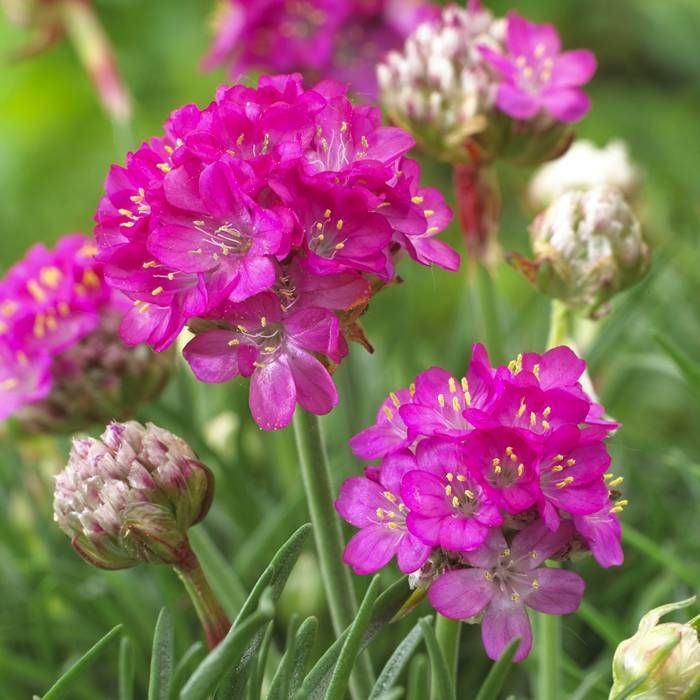

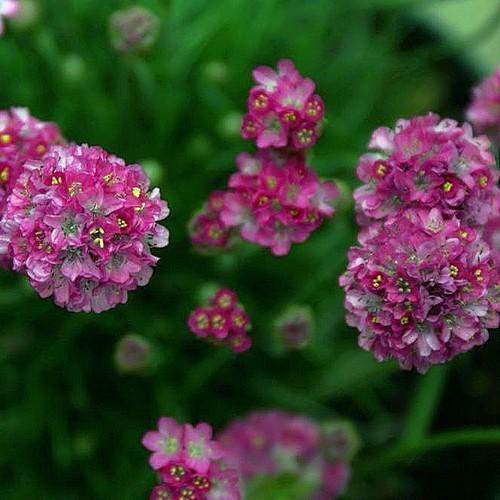

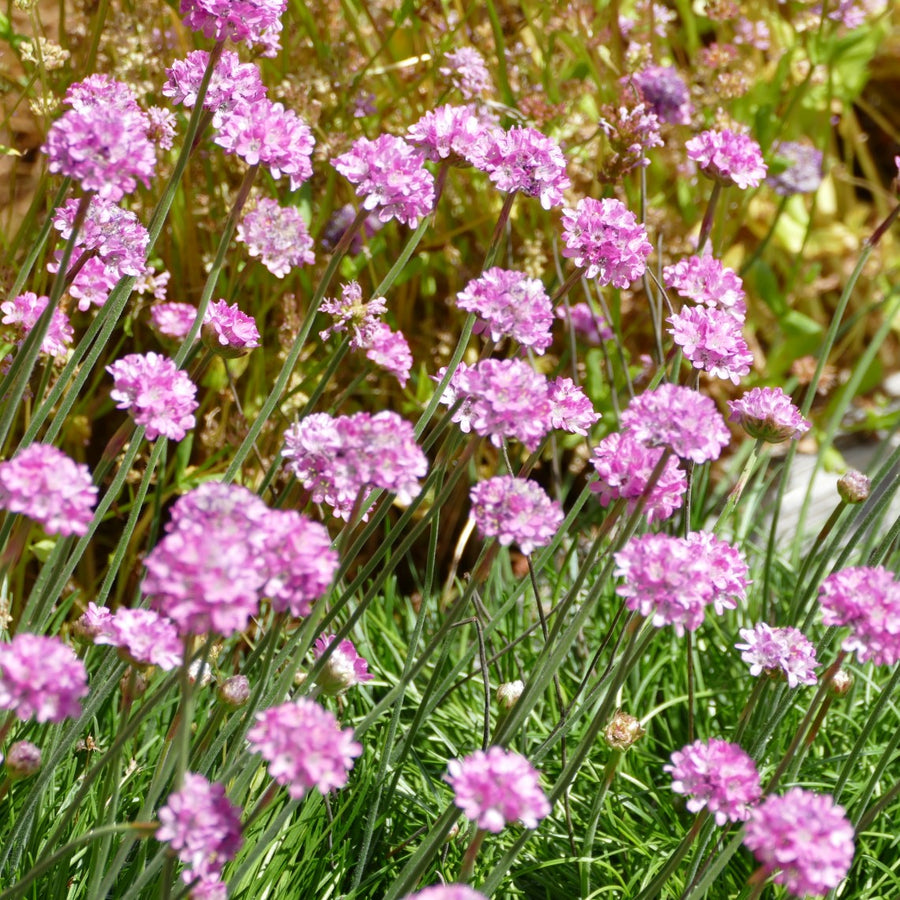

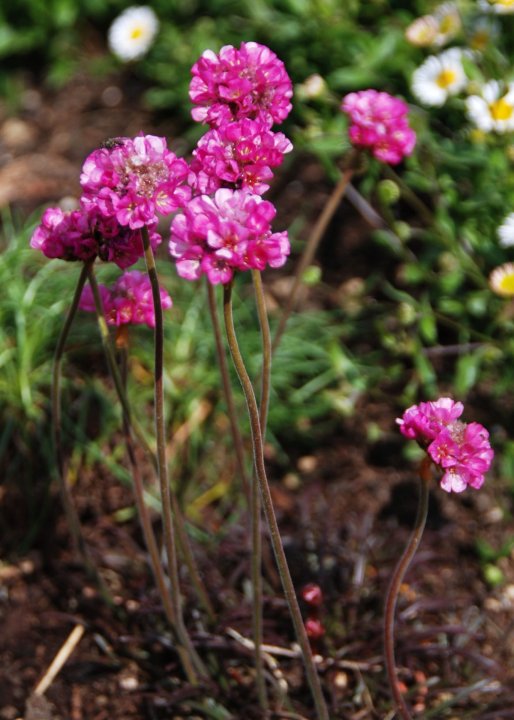

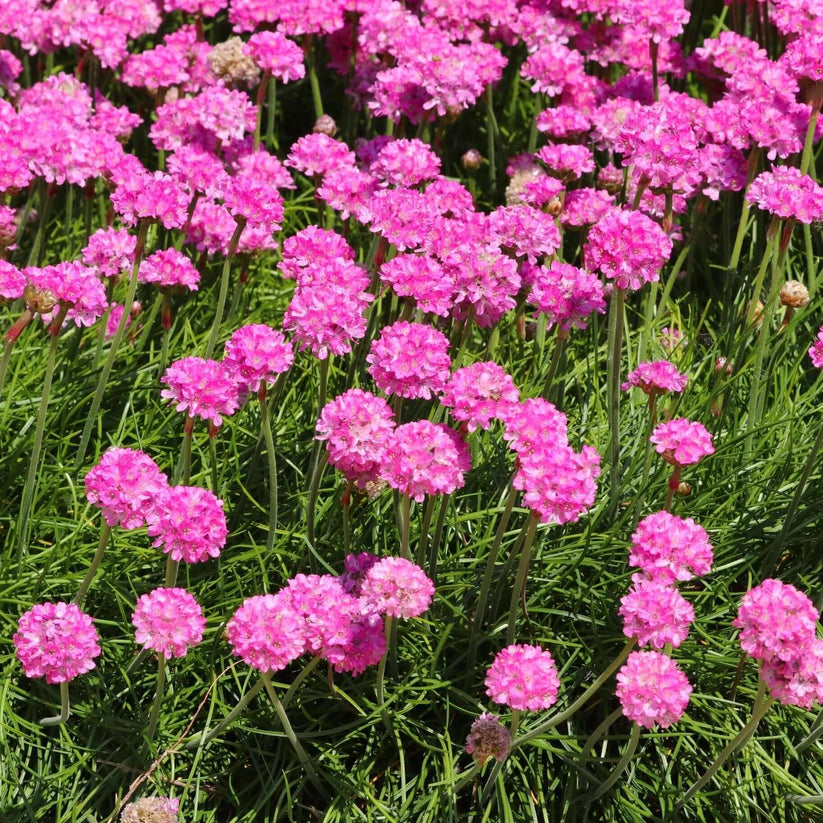
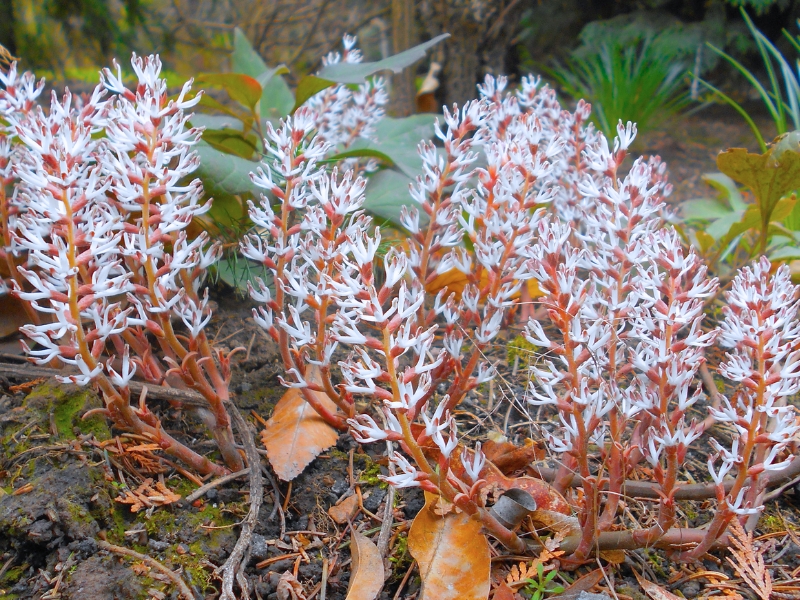
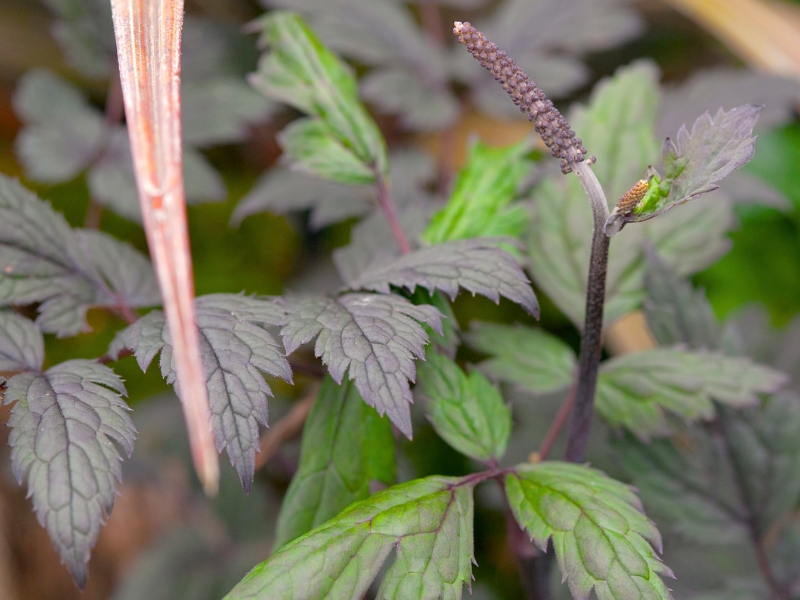
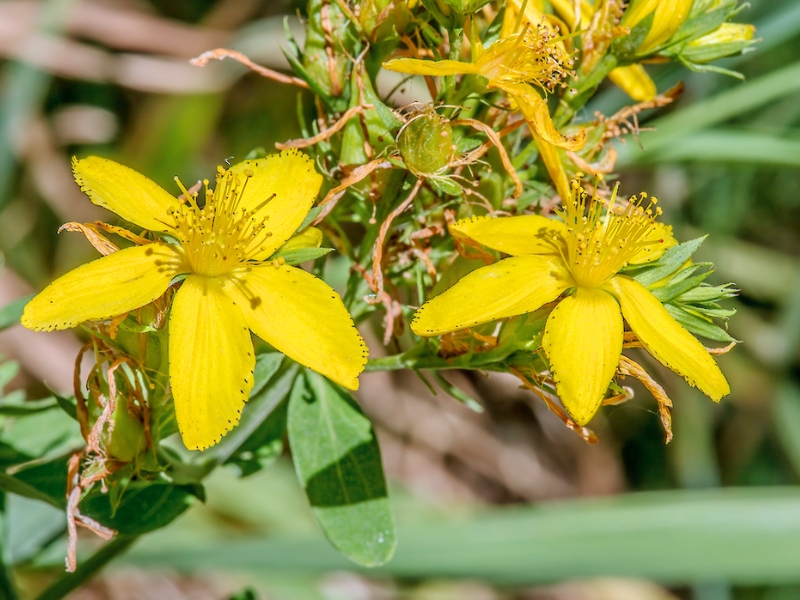
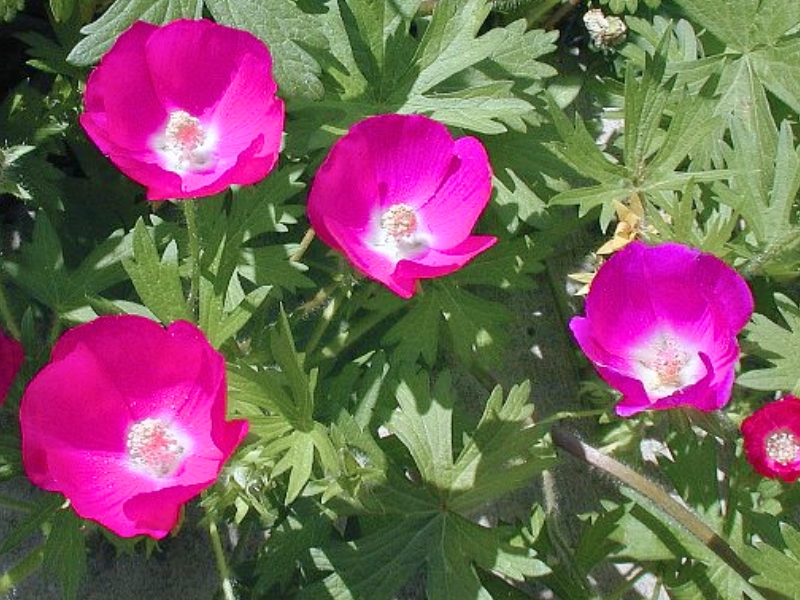
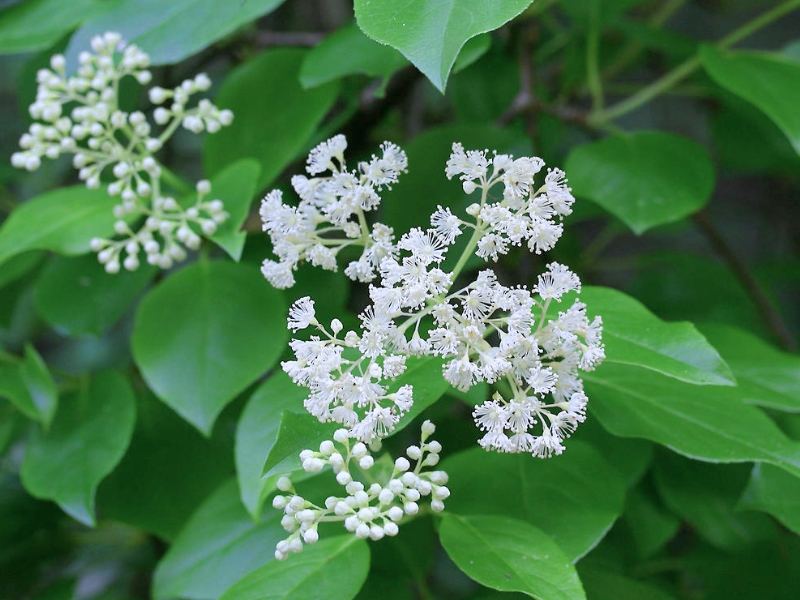
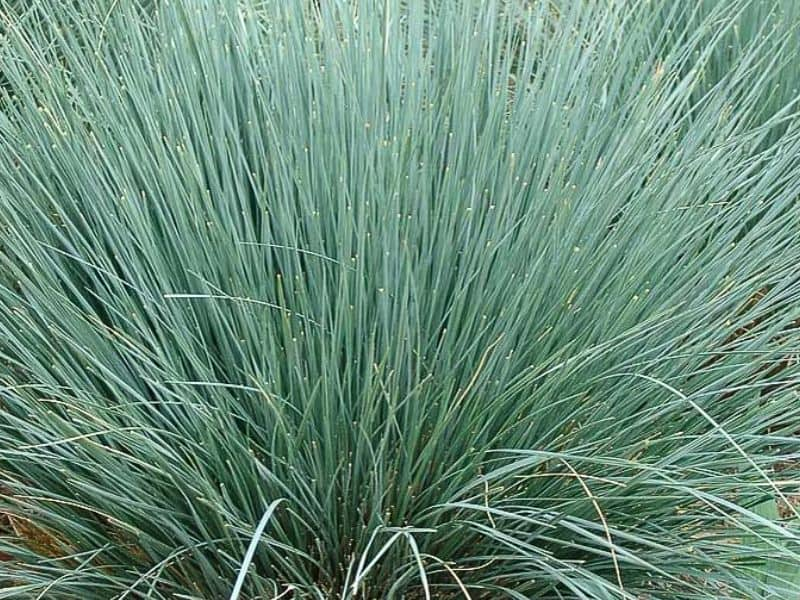
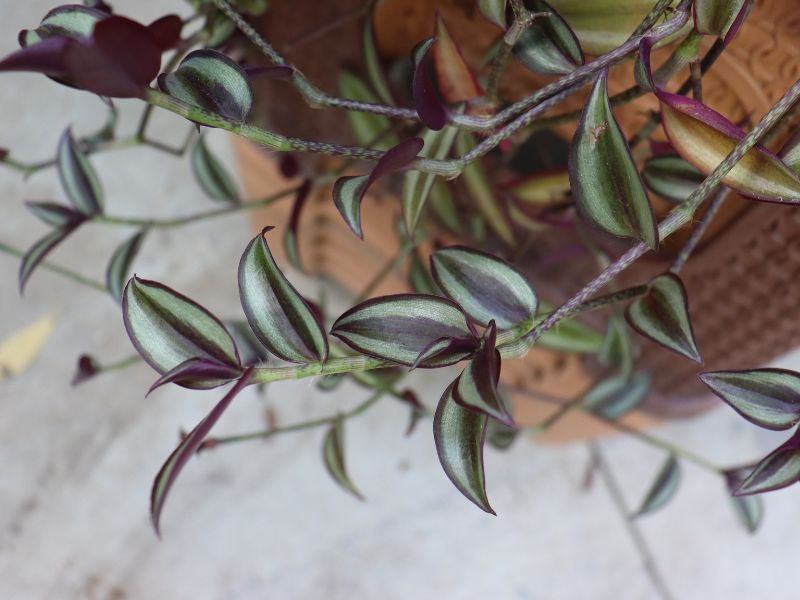
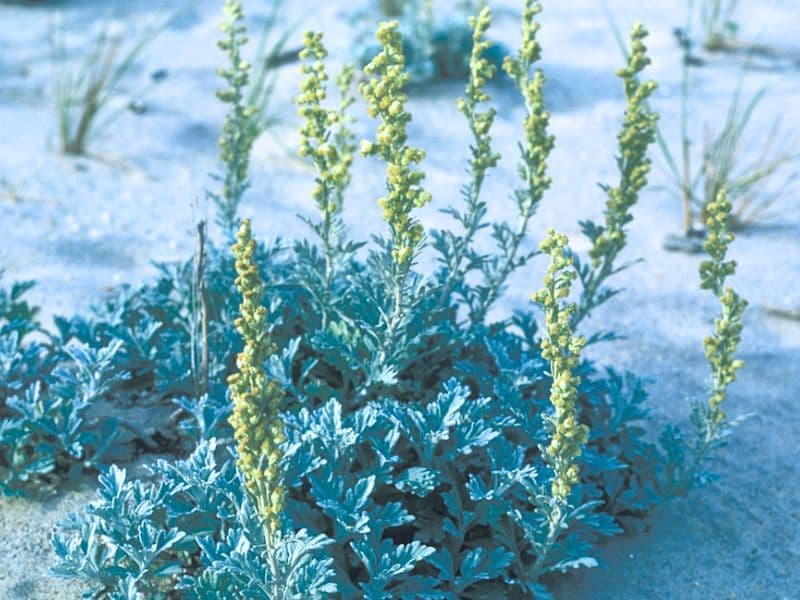
Leave a Reply